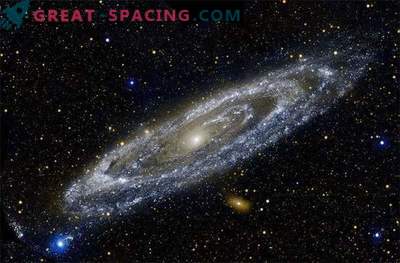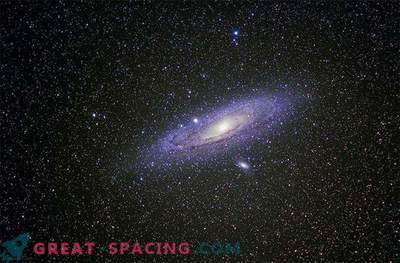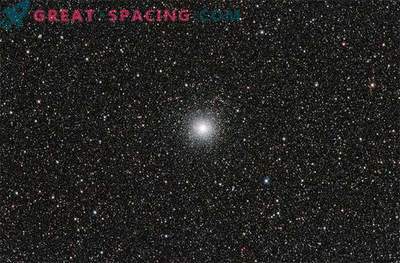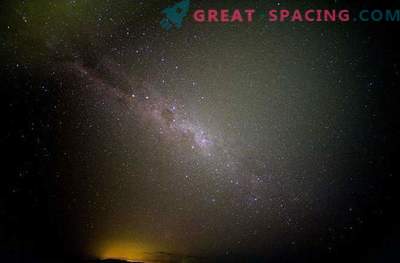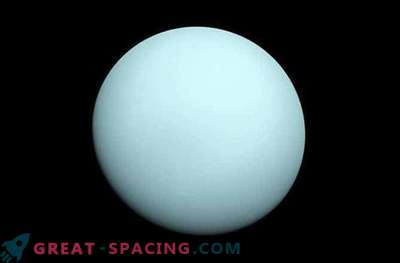
Phoenix, Hercules, Triangle, Chameleon ... It turns out in the night sky you can find a lot of strange creatures and even scientific instruments. But who sent them there and how did the constellations appear?
Back to antiquity
Modern people owe much to Ancient Greece, considered the cradle of civilization. It is surprising that with minimal opportunities and knowledge about the universe, they were able to answer many questions.
There are a huge number of stars in the sky, but how to navigate in this chaos? In fact, if you look closely, you will notice a certain clear order. To simplify the work with the stars, they were grouped in constellations, namely, in certain patterns, which in form resembled well-known creatures, deities or mythological heroes.
Interestingly, these stars are often not located close to or even on the same level. But they seem so when viewed from the Earth.
Ptolemy and Almagest

Star Globe Almagest, written by Ptolemy
In the modern world there are 88 constellations. Their main task is to help quickly navigate the night sky with easy-to-remember shapes. The first list included 48 constellations and appeared around 140 AD er It is about labor “Almagest” written by mathematician, astronomer and geographer Claudius Ptolemy. It is important to understand that for the next 13 centuries this work became the basis for the entire scientific world. True, there were many serious inaccuracies. For example, it was based on the idea of geocentrism, where the Earth is at the center of everything. Much later, it will be replaced by the Copernicus heliocentric model. Nevertheless, we praise Ptolemy for the fact that the constellations are preserved in his work to this day.
Directory extension

Constellation ship Argo, later divided into several smaller
So, the constellations of “Almagest” have become a kind of starting point. However, Ptolemy did not invent them, but merely wrote down the already mentioned Eudox Cnidus (an astronomer from Ancient Greece). Moreover, many constellations were based on Babylonian knowledge and observation.
Observers on one hemisphere did not see the stars of the second, so the catalog gradually expanded. For example, in the 16th century southern constellations from Peter Keyser and Federico de Houtman (navigators from Holland) appeared.
11 constellations captured Johann Bayer in Uranometry (1603), and another 13 found Nicolas Louis de Lacaille. Some major constellations decided to split. So from the Argo Ship the Sails, Kiel and Korma appeared. 52 constellations live in the southern sky and 36 in the northern sky.
The final list was determined only in 1922, and the borders - 1935.
Who came up with the names of the constellations?
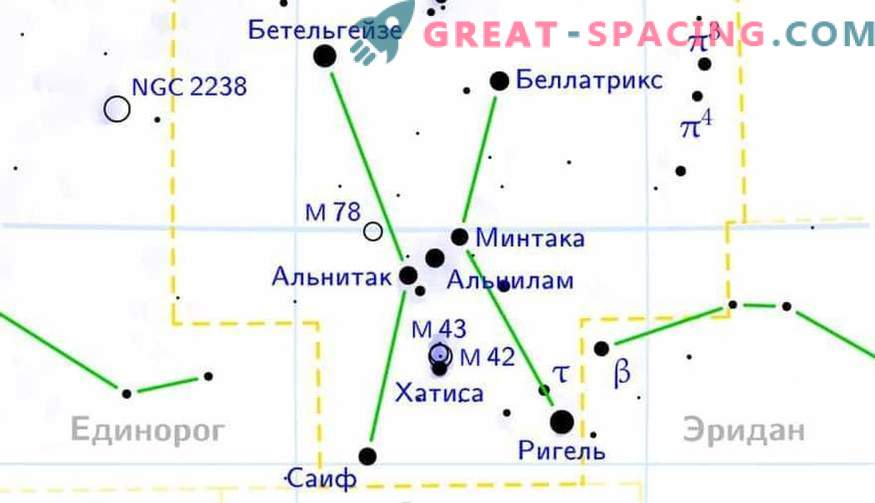
Asterism Card Orion Belt All mythological references belong to the ancient Greeks. It was a very convenient memorization system, because the stories helped to easily navigate the sky. If you saw the Orion Belt asterism, then the stars of its constellation were easily identified. Each hero was bound by a legend and everyone understood why the Little Bear and the Big Dipper are located side by side.

Orion stars, captured in October 2010. The Orion Molecular Cloud Nebulae, the red Betelgeuse supergiant (top left), Riegel (bottom right) and the Barnard Loop (red crescent) were also noted here.
There are 12 zodiac constellations, which are used to track the movement of the center of the Sun during rotation throughout the year along the ecliptic. Closer to modernity, more than scientific names began to appear. For example, Bayer got Goldfish and Native American, while Lacaille was inclined to scientific instruments - Pump and Octant. The choice of the name was based on the similarity of the shape of the star pattern or the personal preferences of the scientist (who discovered).
Postscript
There are asterisms, which should not be confused with constellations. It is also a certain group of stars with a recognizable shape and a fixed name. It can be located in several constellations at once. For example, the Big Dipper is a constellation, and the Big Dipper is asterism.

